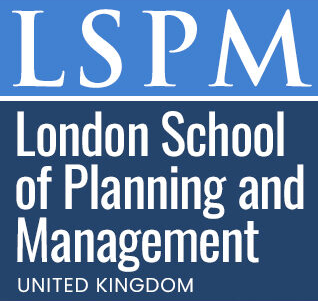Global Certificate Course in Public Art and Economic Development
Published on June 19, 2025
About this Podcast
HOST: Welcome to our podcast, today I'm thrilled to be speaking with an expert in the field of public art and economic development. Can you tell us a bit about your experience and what drew you to this topic? GUEST: Absolutely, I've spent over 15 years working as an urban planner, and I've always been fascinated by the power of public art to transform communities and stimulate local economies. HOST: That's fascinating. The course is described as exploring the vital connection between public art and economic development. Could you give us some examples of how these two areas intersect? GUEST: Certainly. Public art can attract tourists, spur commercial growth, and even increase property values. For instance, the Gates project in Central Park generated over $250 million in economic impact for New York City. HOST: Wow, that's impressive. Now, the course is designed for a variety of professionals, including artists, community developers, urban planners, and policymakers. What unique perspectives do each of these groups bring to the table? GUEST: Artists bring creativity and innovation, community developers bring local knowledge and connections, urban planners bring spatial awareness and project management skills, and policymakers bring the ability to create supportive policies and allocate resources. HOST: That's a powerful combination. Now, what are some of the current industry trends that are relevant to this course? GUEST: There's a growing recognition of the value of cultural tourism and the role of public art in placemaking. Additionally, there's a shift towards more inclusive and equitable practices in public art, ensuring that a diverse range of voices are represented. HOST: Those are important developments. Now, what are some of the challenges faced in integrating art into economic revitalization projects? GUEST: Some challenges include securing funding, engaging the community, and ensuring that the art is accessible and relevant to a diverse audience. HOST: And finally, what do you think the future holds for the intersection of public art and economic development? GUEST: I believe we'll see even more innovative and impactful public art projects that not only beautify our communities but also contribute to their economic vitality and social fabric. HOST: Thank you so much for sharing your insights with us today. It's clear that this Global Certificate Course in Public Art and Economic Development is a timely and valuable resource for professionals in a variety of fields. GUEST: Thank you for having me. I'm excited to see the positive impact that this course will have on communities and professionals alike.
